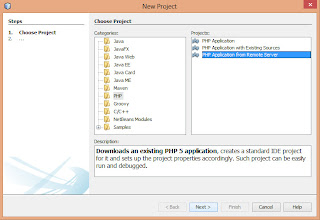Create a file named "rssfeed.php" and copy paste the following code.
Try "http://www.aweber.com/blog/feed/" link which is containing link title and images.
See the Demo here: http://creativeideate.net23.net/demos/rssfeed/rssindex.php
⇛ HTML Code: Input field to enter rss feed
<form action="rssfeed.php" method="POST"> <input type="text" name="feedurl"/> <input type="submit" name="submit" value="GO"/> </form>
⇛ PHP code and tabular listing of feed data
<?php error_reporting(E_ERROR); if (isset($_POST['feedurl'])): $content = file_get_contents($_POST['feedurl']); try { $rss = new SimpleXmlElement($content); } catch (Exception $e) { return false; } $rssdata = array(); $i = 0; foreach ($rss->channel->item as $item) : $title = (string) $item->title; $link = (string) $item->link; $content = $item->children('content', true)->encoded; preg_match('/<img.+src=[\'"](?P<src>.+)[\'"].*>/i', $content, $image); $image = substr($image['src'], 0, strpos($image['src'], '"')); $rssdata[$i]['title'] = $title; $rssdata[$i]['link'] = $link; $rssdata[$i]['image'] = $image; $i++; endforeach; ?> <!-- TABULAR LISTING --> <table border="1"> <th>Image</th> <th>Title</th> <?php foreach ($rssdata as $feed): ?> <tr> <td><img src="<?php echo $feed['image']; ?>" height="100" width="200"/></td> <td><a href="<?php echo $feed['link']; ?>"><?php echo $feed['title']; ?></a></td> </tr> <?php endforeach; ?> </table> <?php endif; ?>






